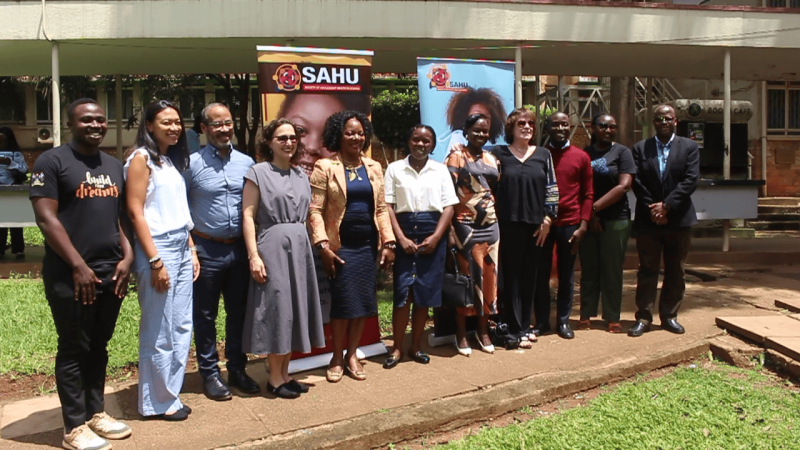
A wave of hope swept through Bukerere Primary School as the Rotary Club of Sonde, in partnership with the Umbrella Cerebral Palsy Network Association and medical specialists, held a dedicated health outreach for children living with cerebral palsy.

Uganda AIDS Commission warns of rising HIV infection rates, with 37,000 new cases in the past year.
Kampala, Uganda – A stark warning was issued by the Uganda AIDS Commission as new data reveals a disturbing surge in the nation's HIV infection rates. The recent figures, declared at a high-level event in Ntinda, paint a grim picture: 37,000 new infections in the past year, translating to a relentless four Ugandans contracting the virus every single hour.

Parental involvement is crucial for adolescent well-being and guidance through challenges, according to Dr. Sabrina Kitaka from the Society for Adolescent Health.
A leading adolescent health organisation has highlighted the critical role parents play in supporting and nurturing teenagers. Dr Sabrina Kitaka, from the Society for Adolescent Health, explains that parental involvement is paramount for guiding adolescents through the challenges of growing up and fostering their overall well-being.

Health experts urge Uganda to make its health sector financially self-sustaining due to declining donor aid.
Health experts have advised the Ugandan government to urgently devise strategies to make the health sector financially self-sustaining in the face of declining donor aid. This warning emerged from a consultative meeting involving the Ministry of Health, Ministry of Finance, district health officers, and civil society organizations, where serious concerns were raised about the sector's persistent financial constraints despite government efforts.

The National Council of Sports partnered with breast cancer survivors to raise awareness about early cancer detection through community runs.
In a renewed effort to combat cancer, particularly breast cancer, the National Council of Sports (NCS) has partnered with breast cancer survivors under the umbrella of the Uganda Women's Cancer Support Organisation. This collaboration aims to widely disseminate early detection awareness through community runs.
Page 1 of 19